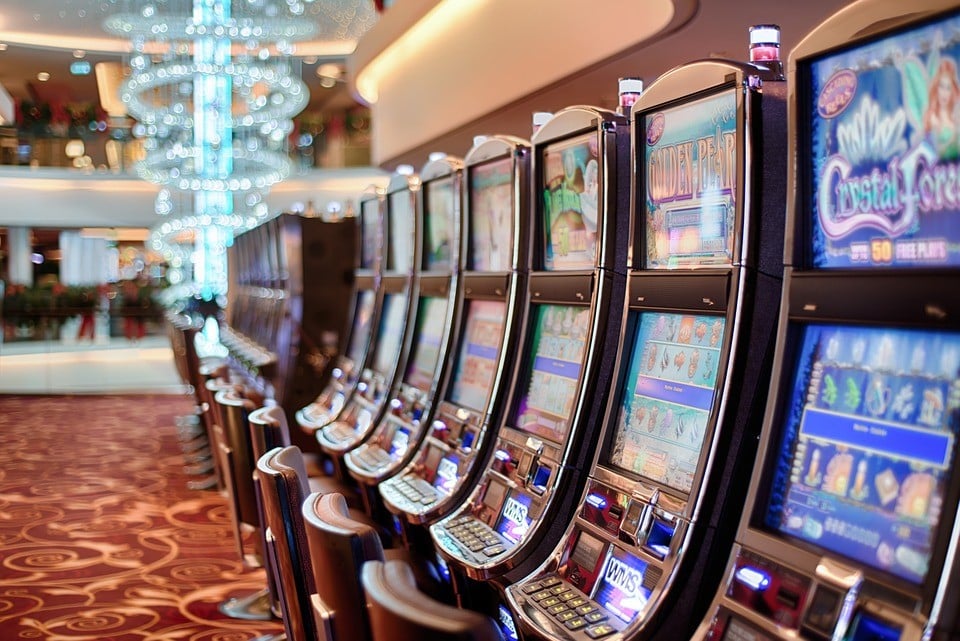The manner in which Gaming Establishments Use Shade and Style to Entice Players
- reeljackpotpro.com
- 0
- Posted on

Within a vibrant and exciting world of gaming establishments, wherein luck and tactics intertwine, color and design play a key role in attracting players. As soon as visitors step inside a casino or log into a gaming website, they are enveloped in a sightly feast that captures their attention and entices them to explore further. Bright colors, engaging graphics, and creative layouts are meticulously crafted to create an atmosphere of excitement and anticipation, ultimately improving the gaming experience.
While players move through the ever-changing landscape of casino games, they encounter a range of designs that not only serve aesthetic purposes but also influence emotions and choices. Hues like red and gold symbolize riches and luck, while calm blues and greens can create a much tranquil environment. Grasping how these elements function together enables casinos to create an inviting and stimulating atmosphere that encourages players to interact with the games, invest additional time at the tables, and boost their general enjoyment.
The Science of Tint in Casino Games
Color plays a critical role in the creation of gambling games, influencing players’ emotional states and actions. Bright and vibrant colors, such as scarlet and amber, are often used to incite excitement and capture focus. These colors create a sense urgency and dynamism, encouraging players to participate more readily with the activity. By thoughtfully selecting tints, developers aim to elicit emotions of pleasure and expectation, which can enhance the overall player experience.
Different shades also have psychological associations that can impact how players perceive their chances of victory. For case, emerald is commonly associated with luck and wealth, making it a popular choice in games like roulette and poker tables. This connection can cause players to feel more optimistic and confident in their gameplay, ultimately motivating them to stake more. Understanding these associations allows game developers to design environments that enhance player enjoyment and loyalty.
Moreover, the design of gambling game interfaces often uses color gradients and differing shades to direct players’ responses. For case, winning combinations may be emphasized with striking, opposing shades, creating a visual cue. This approach supports positive outcomes and encourages repeated gameplay. By exploiting color psychology, casinos can create games that not only captivate gamblers but also keep them involved and dedicated in their game experience. https://bet88bn.com/
Creative Elements that Engage Gamers
The aesthetic appeal of gambling games is largely influenced by the use of vibrant colors. Lively and contrasting colors are strategically chosen to create an inviting atmosphere that grabs attention. For example, crimson and golds often signify luck and prosperity, which is why they are prevalent in the palettes of gaming machines and game surfaces. These colors not only draw players in, but they also stir emotions related to thrill and expectation, enhancing the total gaming experience.
In addition to color, the design and layout of casino games play a significant role in player attraction. Games are designed to be intuitive, ensuring that players can quickly understand the guidelines and mechanics. Accessible interfaces, along with engaging graphics and motion, help maintain gamer interest and promote extended play sessions. The tactile elements, such as the feel of the controls and the audio of the games, also add to a comprehensive sensory experience that keeps players immersed.
In conclusion, thematic elements in gaming design can significantly influence gaming decisions. Many casino games are inspired by popular culture, myths, or adventure themes, featuring symbols and characters that resonate with players. These themes create a sense of immersion and relatability, making each game feel unique. When players feel a bond to the theme, they are more likely to opt for that game over others, leading to higher participation and excitement within the gambling environment.
Case Studies: Notable Gambling Slot Designs
One noteworthy example of successful casino game design is the acclaimed slot machine series based around popular movies. Games such as those based on the The Wizard of Oz and Game of thrones utilize bright colors and superior graphics to engage players in well-known narratives. The application of moving visuals and captivating sound effects takes the interest of players, establishing an emotional connection to the theme. This approach not only promotes longer play but also enhances the overall gaming experience, leading to increased player retention.
Another effective case is the application of color in table games like 21 and the wheel. Casinos often create these games with rich reds and greens, colors traditionally associated with luck and wealth. For instance, the green felt on a 21 table provides a calming effect, while the red accents in the wheel invite anticipation. This deliberate use of color helps to establish an inviting atmosphere that motivates players to join in, fulfilling their psychological impulses and increasing their enjoyment.
Finally, online casino games that incorporate community features and lively, dynamic designs have seen remarkable success in engaging players. Games like Zynga Poker and Slotomania leverage bright colors and playful animations to forge an inviting online environment. The addition of leaderboards, community sharing options, and in-app rewards promotes competition and community, pulling players in for longer sessions. Such designs not just make the games visually appealing but also emphasize community engagement, a vital factor in player retention and engagement within online casino environments.
